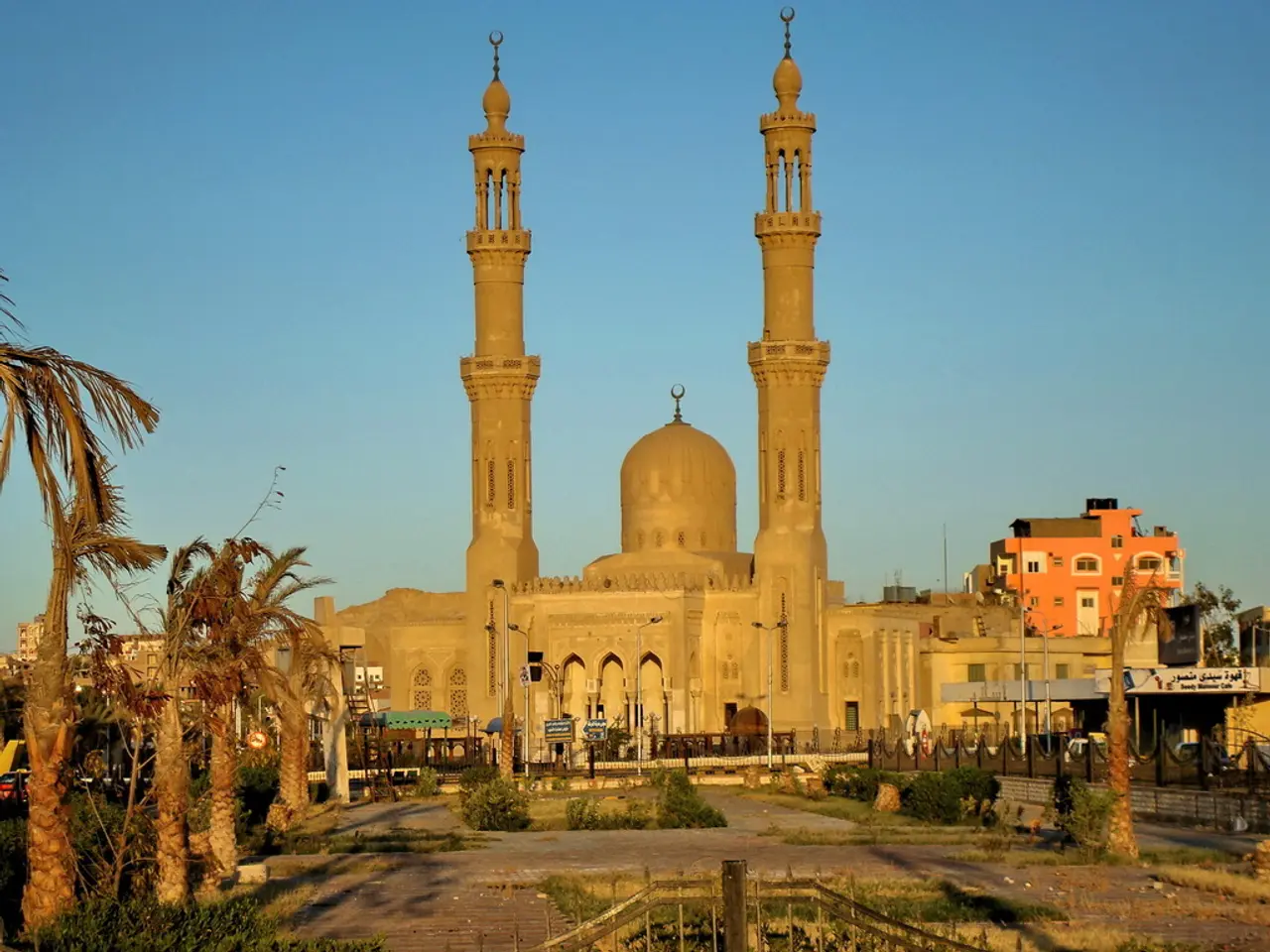Village of Small Dusun Tribe in Sabah Cultivates Ambition in Children, Named Kg Ratau
In the heart of Sabah, nestled within the remote village of Kampung Ratau, lies a story of faith, migration, and community that spans decades. This tale begins with Raden Mohamad Syarif Ambek, a Javanese figure who played a pioneering role in introducing Islam to the Dusun community of Ranau.
In the late 1940s or early 1950s, Kampung Ratau became a hub for formal education and the spread of Islam. The arrival of Mohd Ali Kandalis, a native Dusun who converted to Islam in 1943, marked a significant turning point. Kandalis became a central figure in spreading Islam and traditional healings among the Dusun villagers in Kg Ratau and surrounding areas.
SK Ratau (formerly known as GPS Ratau) was established in 1948 as a modest wooden structure with limited facilities. The school served children from Kg Ratau, Sosondoton, and Terolobou, and also attracted students from neighbouring villages. Mohd Ali Kandalis' teachings were instrumental in the early conversion of many Dusun Muslims, setting the stage for a community that would embrace new belief while preserving its cultural identity.
Among the prominent figures who began their education at SK Ratau were Tan Sri Kasitah Gaddam, the first graduate, who attended from 1956 to 1959; Datuk Muhiddin Yussin, who studied from 1962 to 1966; and Datuk Seri Masidi Manjun, who completed his primary education in just three and a half years, from 1958 to 1961.
Transportation of school supplies, such as benches, was a challenge, with Tinompok being one of the few villages connected by road at the time. Despite these obstacles, SK Ratau excelled not only academically but also in sports, particularly volleyball. The school, initially located in Tontolob, was later shifted to Kg Ratau due to its central and convenient location for students.
SK Patau, highly regarded as the best primary school in the Ranau district, was another beacon of education. However, it was SK Ratau that became synonymous with the journey towards Islam for many Dusun families.
The story of this journey is deeply rooted in migration. As faith took root in Ranau, many Dusun Muslims began moving to new settlements in Keningau, Sook, Tamparuli, and other parts of Sabah. Some families extended their presence to other regions of Malaysia, carrying with them the legacy of faith introduced through this unique historical pathway.
One such near-tragic incident serves as a poignant reminder of this journey. A schoolboy was swept away by the Kenifir River while crossing on his way to school during a flood. He was saved by his schoolmate, the late Suhaibul Suriman. This incident, while a testament to the resilience of the community, also underscores the challenges they faced in their pursuit of education and faith.
The late Datuk Haji Nordin Siman, former Mayor of Kota Kinabalu City, recalled that his late father, Siman Yaakub, often said that Datuk Seri Masidi was a gifted student who advanced quickly through his studies. Siman Yaakub's tenure as headmaster of SK Ratau, from April 4, 1960, to his transfer to SK Ranau on January 11, 1963, was marked by a dedication to nurturing the next generation of leaders.
Today, many Dusun Muslims can trace their religious heritage back to this early chapter of conversion, serving as a testament to the community's ability to embrace new belief while preserving their cultural identity. The legacy of SK Ratau and the individuals who taught there continues to inspire and guide the community, providing a beacon of hope and a reminder of their rich history.
Read also:
- Impact of Alcohol on the Human Body: Nine Aspects of Health Alteration Due to Alcohol Consumption
- Understanding the Concept of Obesity
- Tough choices on August 13, 2025 for those born under Aquarius? Consider the advantages and disadvantages to gain guidance
- Microbiome's Impact on Emotional States, Judgement, and Mental Health Conditions








